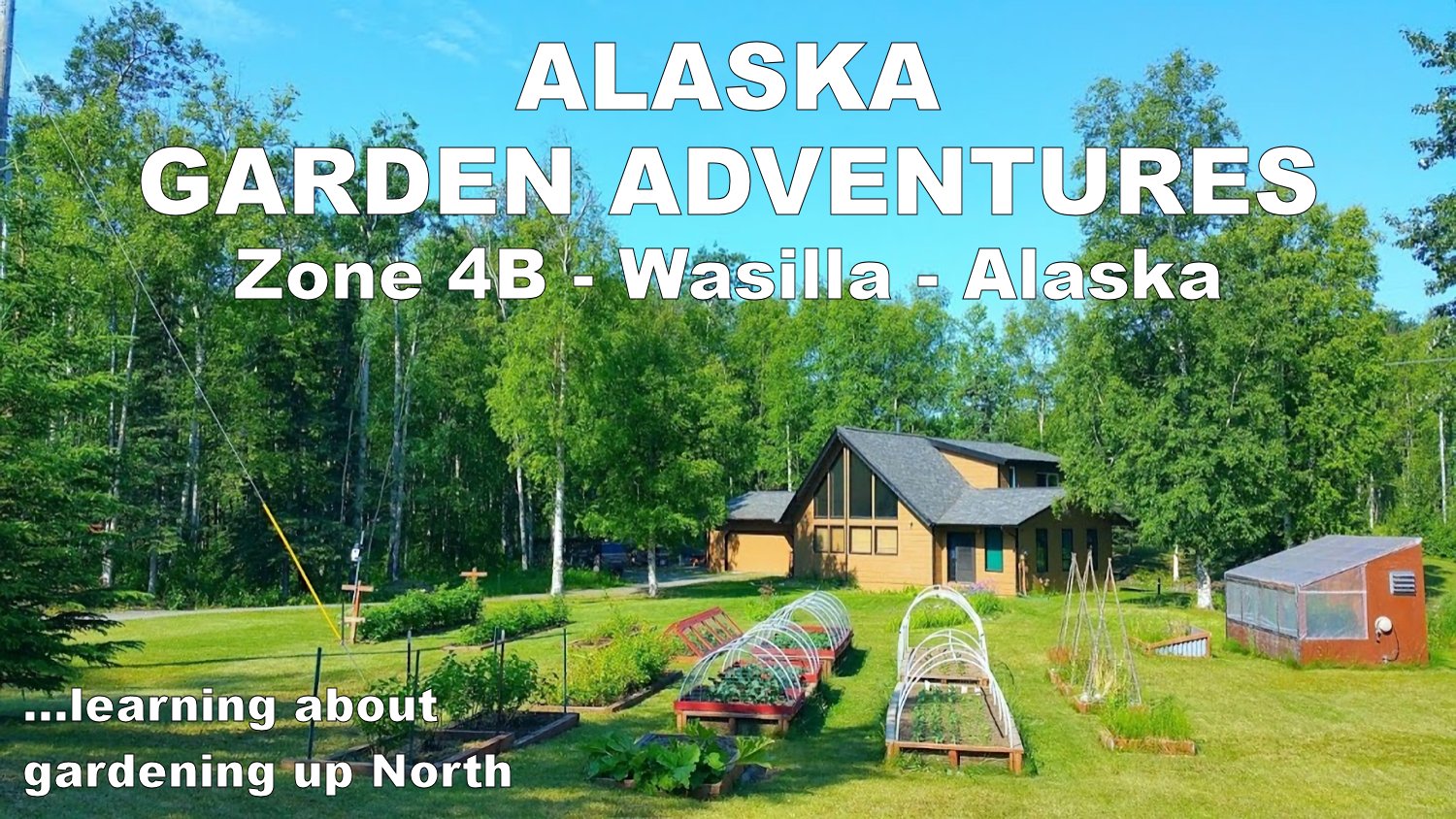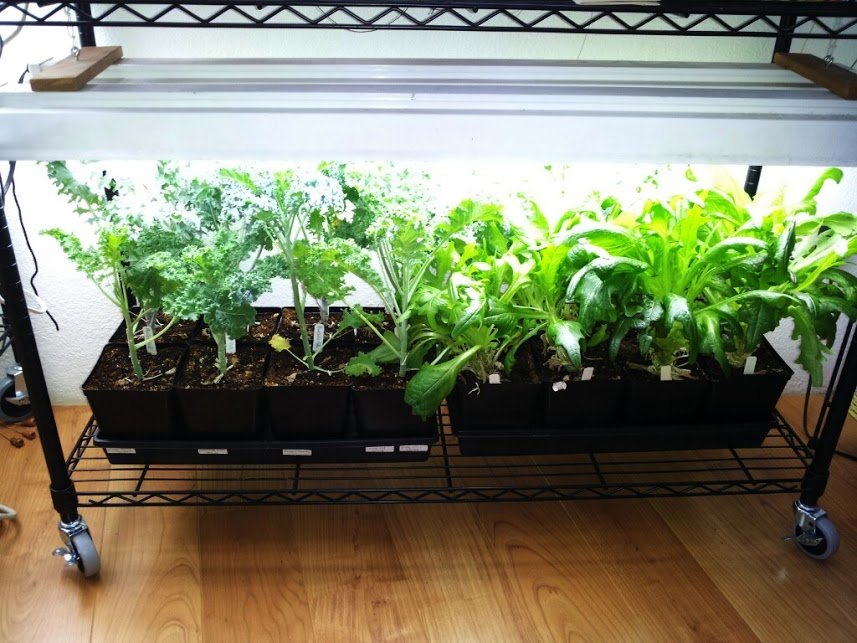We can all grow some of our own food at home - or buy local grown seasonal produce. The sad fact is that it is still cheaper to grow tomatoes in Mexico in January and ship them 4,000 miles to Anchorage, Alaska - instead of the cost for heating and lighting the space necessary to grow them in Anchorage commercially, …or in Minneapolis or Chicago. We have become accustomed to having fresh tomatoes, strawberries, bananas, and avocados all year long. Yet we will always complain about the high cost? In Alaska we are used to smoking, canning, and freezing salmon for eating after the summer fishing season. Whatever happened to preserving what we grow or buy locally in season for use all year after the growing season is over? There is a small group of dedicated gardeners who do - but it is not the normal practice - not even for most of the hobby gardeners that you meet on sites like this. What would it take for you to put up 100 or more quarts of tomatoes and pickles, grow 100 lbs of onions, or potatoes, freeze 50 quart bags each of broccoli, peas, green beans, ...etc. Maybe have a few chickens for fresh eggs too?
Yet anybody can grow a few tiny tomato plants and some lettuce, or kale plants in pots or containers in a corner of the living room - all winter long. What is your excuse?
Almost all of the winter Lettuce grown from December-March and consumed in the entire United States is grown in a very small area located in the Imperial Valley, California and Yuma Valley, Arizona. Our dependence on a small portion of the earth to grow most of our consumable food is not sustainable in this age of climate crisis.
This system depends on a large transportation industry to deliver market fresh and perishable produce, meat, and dairy products on a just-in-time schedule - where almost 40% ends up being wasted due to spoilage. Disruption of this system could have disastrous consequences. Just look at the California drought as a warning that will expand as climate change impacts global agriculture. I recently saw a post online that brings this point home.
Steven Johnson of Medium.com wrote"
"California has plenty of water to support its lifestyle. It just won’t have enough to support its crops, without significant changes to make those farms more water-efficient. It seems bizarre that a region like the Central Valley with just six million people — barely more than 10% of the state’s population — should use so much of the water. But then you realize that the vast majority of people benefiting from that water don’t live in California at all. The Central Valley takes up only 1% of the landmass of the United States, but it produces 25% of the food we eat, and almost half of the fruits or nuts we consume. California is running through its water supply because, for complicated historical and climatological reasons, it has taken on the burden of feeding the rest of the country. The average (New York) Times reader sneering at those desert lawns from the (Manhattan) Upper West Side might want to think about the canned tomatoes, avocados, and almonds in his or her kitchen before denouncing the irresponsible lifestyles of the California emigres. Because the truth is California doesn’t have a water problem. We all do."
...read his complete article here titled Apocalyptic Schadenfreude.



